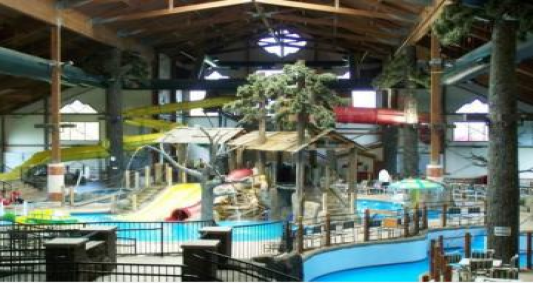
Thief River Falls is located at the confluence of the Red Lake and Thief rivers. The Great Northern and the Soo Line railroads brought prosperity when Thief River Falls became a center for shipping wheat.Īccording to the United States Census Bureau, the city has a total area of 5.21 square miles (13.49 km 2), of which 5.02 square miles (13.00 km 2) is land and 0.19 square miles (0.49 km 2) is water. It is located in a major agriculture area because of the rich soil left by ancient Glacial Lake Agassiz. Thief River Falls first developed as a lumber-milling town. The eponymous town site was established in 1887 and later incorporated as a city in 1896. Thief River Falls marked the limit of navigation on the Red Lake River. This Indian Reservation was dissolved in 1904 and their population incorporated as part of the Red Lake Band of Chippewa. In the Treaty of Old Crossing of 1863, the Moose Dung's Indian Reservation was established on the west bank of the Thief River, at its confluence with Red Lake River. The name of the river is a loose translation of the Ojibwe phrase Gimood-akiwi ziibi, literally, the "Stolen-land river" or "Thieving-land river", which originated when a band of Dakota Indians occupied a secret encampment along the river, hence "stealing" the land, before being discovered and routed by the neighboring Ojibwe. Thief River Falls takes its name from a geographic feature, the falls of the Red Lake River at its confluence with the Thief River.

Thief River Falls is the county seat for Pennington County. The population was 8,749 at the 2020 census. Thief River Falls, sometimes referred to as Thief River or abbreviated as TRF, is a city in Pennington County in the northwest portion of the U.S.


 0 kommentar(er)
0 kommentar(er)
